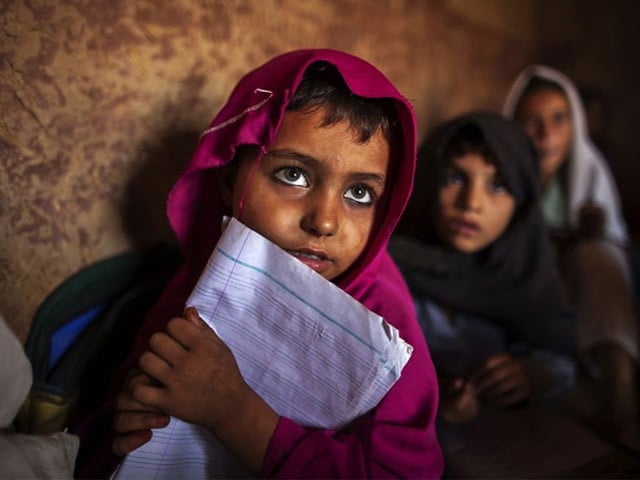- When Every Man lives without "LAW" Every Man lives without "FREEDOM"
- [email protected]
- Office Hours: 08.00am - 10.00pm
- 0300-8220365 , 0313-1234169 , 0334-2629763, 0333-3653467
- Suite #. 314, The Plaza, Plot # G-7, Block # 9, Near Do Talwar, Clifton-Karachi.

Violence against children on the rise in Sindh
- Adbullah Abbasi
- Traffic Law
Provincial and district governments have been urged to include peasants and rural workers’ children in programmes and policies to safeguard their future and guarantee their right to life, health, and education in Sindh.
Children of different school clubs in Benazirabad gathered in a funfair jointly organised by the Hari Welfare Association (HWA) and the Social Welfare Department (SWD) to mark Universal Children’s Day. This year’s theme is ‘Equality and Inclusion.’
Child club leader Maryam said that in 2021, 885 cases of violence against children were reported in Sindh, including 455 sexual abuse, 139 abductions, 245 missing, and 47 child marriages.
The most vulnerable districts in the context of child sexual abuse were Khairpur, Dadu, Sanghar, Nusheroferoz, and Karachi. These cases reveal protection of children is not ensured by the state and the relevant authorities in any manner.
She added that in 2020, 861 cases of violence against children were reported, including 390 cases of child sexual abuse, 190 abductions, 231 cases of missing, and 81 cases of child marriages.
Another child club leader Anas shared that in 2016-17, Pakistan Education Statistics reported 6.4 million children, including 3.3 million girls, were out of school in the province.
In 2019, 10.5 per cent of schools in Sindh had Children with Disabilities (CWDs), and 0.11 per cent of children in schools had one or other disabilities. In Sindh, 36.2 per cent of CWDs were girls and 63.8 per cent boys.
Anas added that these children were unable to attend school because of poverty, lack of awareness, educational facility and government’s interest to invest in education, and higher rates of corporal punishment.
Another child club leader Alishba stated that high illiteracy rate results from a feudal structure that forces the poor to stay in the cycle of poverty and marginalisation.
HWA President Akram Ali Khaskheli said that the Sindh Education and Literacy Department’s budget has increased from Rs197.368 billion in 2020-21 to Rs222.102 billion in 2021-22. The authorities have always claimed an increase in funding, yet 6.4 million children are out of school and the number of schools has decreased.
The Sindh government has been receiving loans from foreign donors like JICA, World Bank, European Union, and USAID.
He said that the total number of schools was 49,211 in 2006-07, but that number dropped to 42,383 in 2016-17. Similarly, number of schools for girls decreased from 8,958 in 2007-07 to 5,385 in 2016-17.
Following the 18th Amendment, the Sindh government began to receive greater finances from the federal government. However, instead of expanding, the number of schools has fallen.
HWA observed that thousands of schools have turned into cattle pens due to the sheer criminal negligence of concerned authorities.
The HWA estimates that there are more than 1.7 million bonded labourers in Sindh. Of them, over 700,000 are children who are forced to work and live in agriculture under deplorable conditions by their landowners.
Imam Bux Arrisar, Regional Director Sindh Education Foundation (SEF) said, “The Sindh government and Sindh Education Foundation are striving hard to provide quality education to the children who are living in remote areas of the province.”

